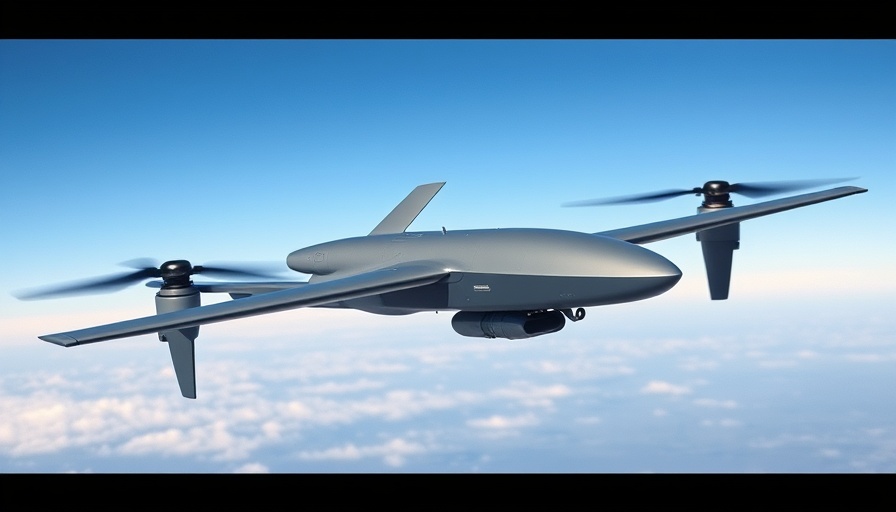
The Chicken Feet Dilemma: A Mirror of Trade Dynamics
In an increasingly interconnected world, the intricacies of global trade cannot be understated. The story of chicken feet — once a triumph of American agriculture now facing a dire downturn — encapsulates the challenges inherent in our trading practices. With China imposing hefty tariffs on American imports, what was a profitable market, generating $550 million in chicken feet exports in 2022, has seen a staggering decrease of over 51% in volume and 35% in value within just a year.
Impact of Tariffs: A Broader Economic Perspective
This shift isn’t merely about poultry; it’s indicative of a broader economic landscape. With agriculture and food comprising 5.6% of the U.S. GDP and employing over 24 million Americans, the consequences of this trade war ripple across numerous sectors. The current import-export deficit of approximately $72 billion raises critical questions regarding trade balance and economic strategy. Is it time the U.S. reevaluates its position amidst growing competition from other agricultural producers, particularly in Asia?
Exploring the Domestic Consequences of Trade Policies
For business owners and property developers, the implications are multifaceted. Reduced agricultural exports can lead to localized market fluctuations, affecting supply chains and production costs. If prices rise due to the scarcity of specific products like chicken feet, businesses that utilize these ingredients in their production might face increased operating costs.
Identifying Opportunities Within Economic Challenges
Wouldn’t it be prudent for U.S. businesses to look towards diversifying exports beyond traditional products? Despite falling exports, new markets for chicken feet exist, and American companies can pivot their strategies to cater to these needs while advocating for a fairer trade dialogue with China. Reinventing what it means to export American agricultural goods might help in bridging the widening gap.
Future Predictions: What Lies Ahead for U.S. Agriculture?
Looking forward, agricultural sector volatility necessitates strategic foresight. As inflationary pressures and global economic shifts occur, the U.S. must not only confront its immediate trade deficits but also anticipate longer-term trends in a continually changing market landscape. Engaging with emerging markets and forming strategic alliances might be the key to revitalizing U.S. exports — chicken feet included.
Actionable Steps for Businesses in Response to Trade Shifts
For business owners and stakeholders in the construction industry, staying abreast of these trends is vital. Diversification in sourcing ingredients and materials can mitigate risks associated with such trade tensions. Building relationships with local distributors may lead to innovative solutions that can allow businesses to weather the storm of tariffs and trade barriers more effectively.
Conclusion: The Importance of Adaptive Strategy
The decline of chicken foot exports serves as both a warning and an opportunity. By recognizing the larger implications of trade policy on domestic markets, businesses can better position themselves to adapt and thrive. It’s time to explore innovative avenues and strategies to navigate the complexities of global trade in a manner that promotes sustainability and economic resilience.
 Add Row
Add Row  Add
Add 




Write A Comment